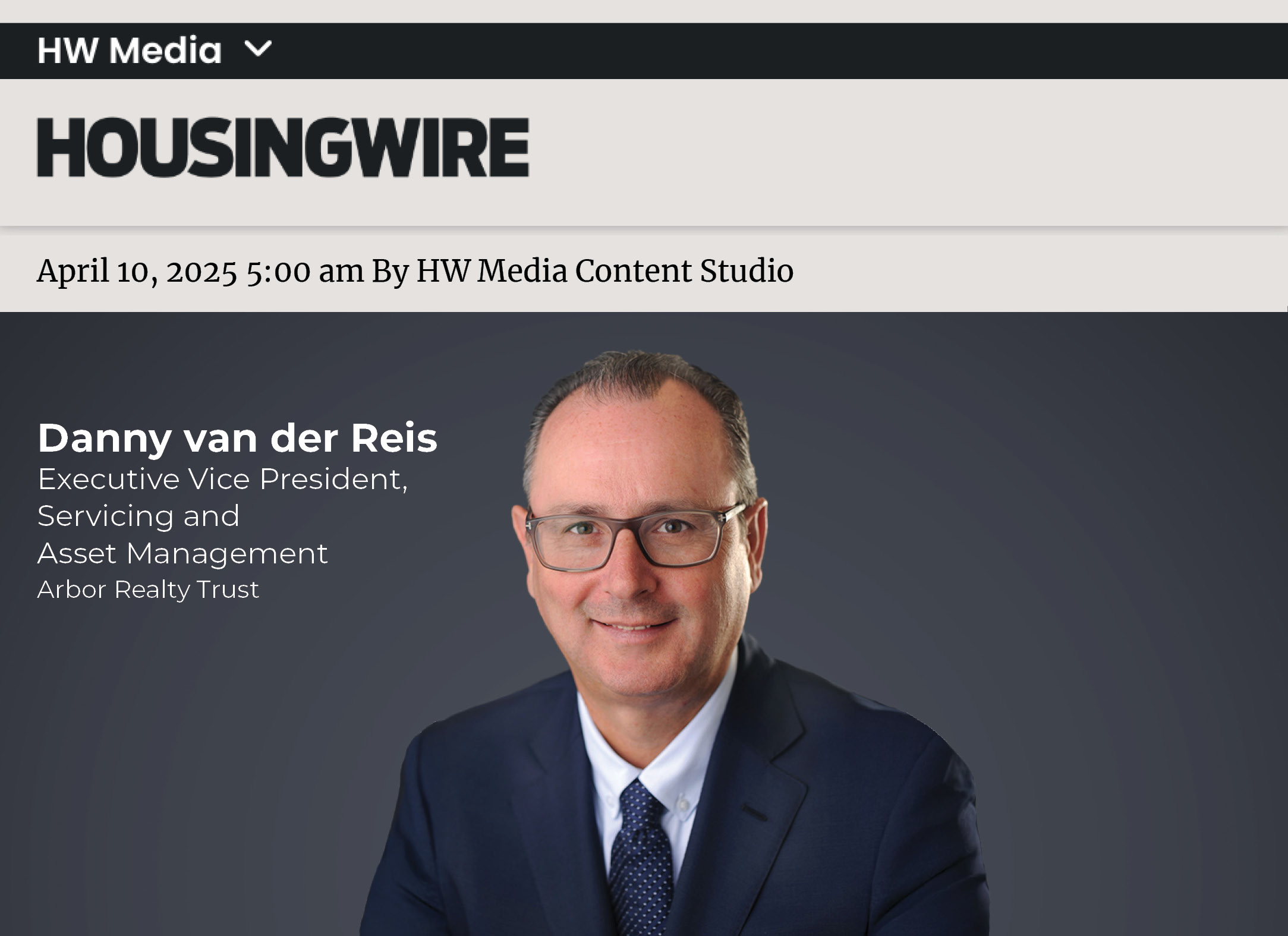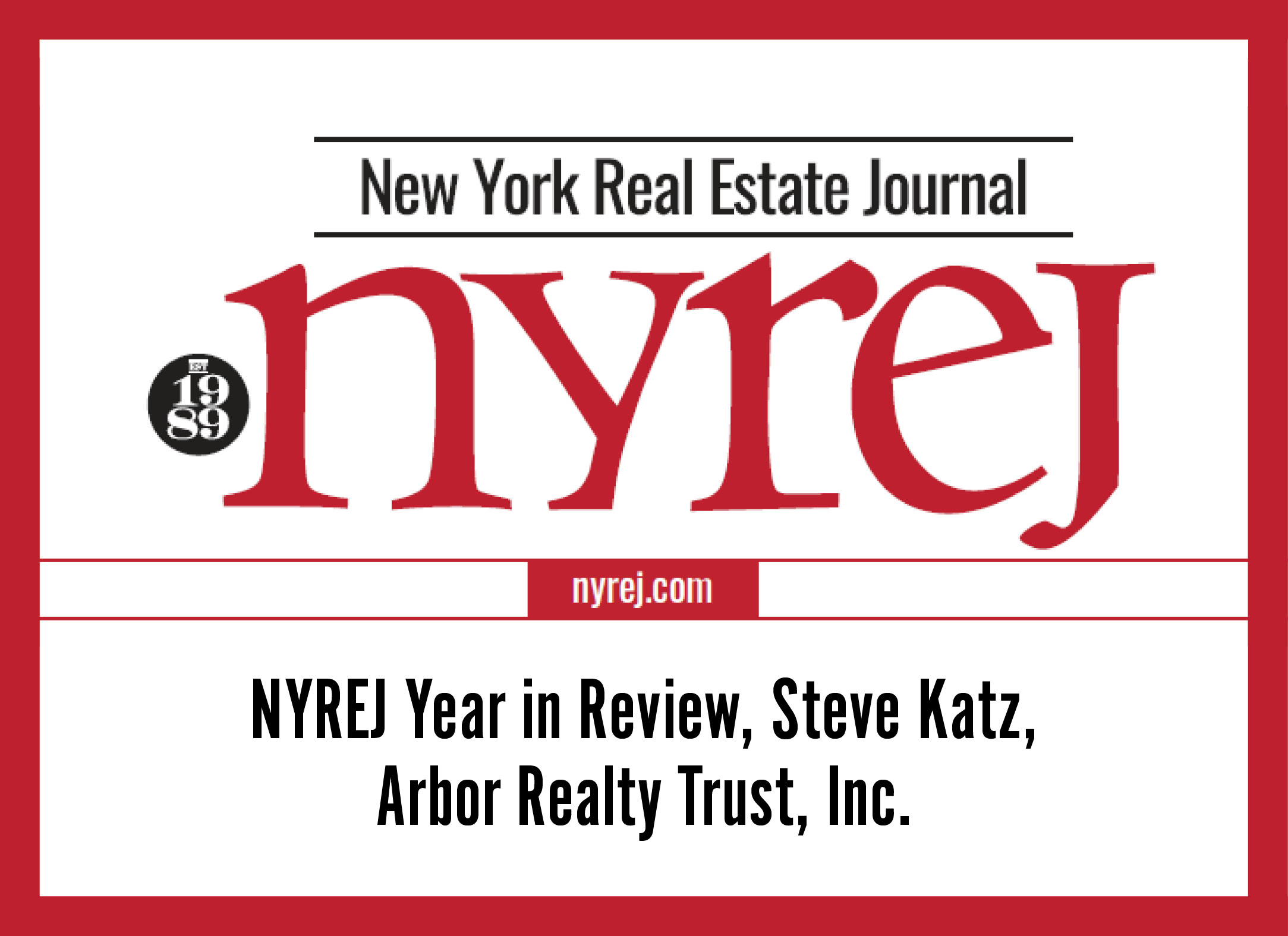Arbor CEO Ivan Kaufman on Top Opportunities in the Housing Market
Arbor Realty Trust’s CEO reveals when he expects the housing market to return to equilibrium and why he’s optimistic on the year ahead
The multifamily and single-family rental markets are stronger than ever, despite the current imbalance in supply and demand, noted Ivan Kaufman, founder, chairman and CEO of Arbor Realty Trust, Inc. (NYSE: ABR) in an interview on TD Ameritrade Network’s Morning Trade Live with Oliver Renick.
While there was concern over new supply getting to the market due to a dislocation in the commodities market, notably lumber, Kaufman explained that these issues were mostly temporary and beginning to dissipate.
Labor shortages have been another factor exacerbating the supply/demand imbalance, which Kaufman anticipates will also begin to normalize come September, as pandemic-related emergency measures such as those under the CARES Act expire and people return to work.
Once commodity prices, labor and the supply chain are back to more normal levels, “I think you’ll start to see housing delivered. And over the 12-month period after that you’ll see supply and demand get more to equilibrium,” he said.
Another sign of the housing market’s recovery has been a relative pullback in capital market activity by the Federal Reserve and the government sponsored enterprises (Fannie Mae and Freddie Mac), as other sources of liquidity return to the market.
“As the environment is getting back to normal, [the Federal Reserve, Fannie Mae and Freddie Mac] are going to pull back. They did a great job of providing liquidity to the market during this period in 2020 when there was huge disruption,” Kaufman said. “I think the Fed should step back a little bit and let the market equilibrium return to normal and do it gradually.”
Kaufman also discussed Arbor’s recent public offering of 6 million shares of common stock, noting his optimism about the market and Arbor’s growth potential in the year ahead.
“We’re funding our growth and every dollar is accretive and every dollar is accounted for. We’re very much in a great position to be able to add capital at attractive prices, add capital that’s accretive and which will help grow our dividend,” Kaufman noted.
The additional capital will be used to support Arbor’s investment in growing sectors like single-family build-to-rent communities, he said.
“We’re the leader in that space. We think that’s where there’s a lot of expertise required,” he stated. “In every line of our business we’re seeing extraordinary opportunities and a lot of juice left.”
Watch the full interview above.





